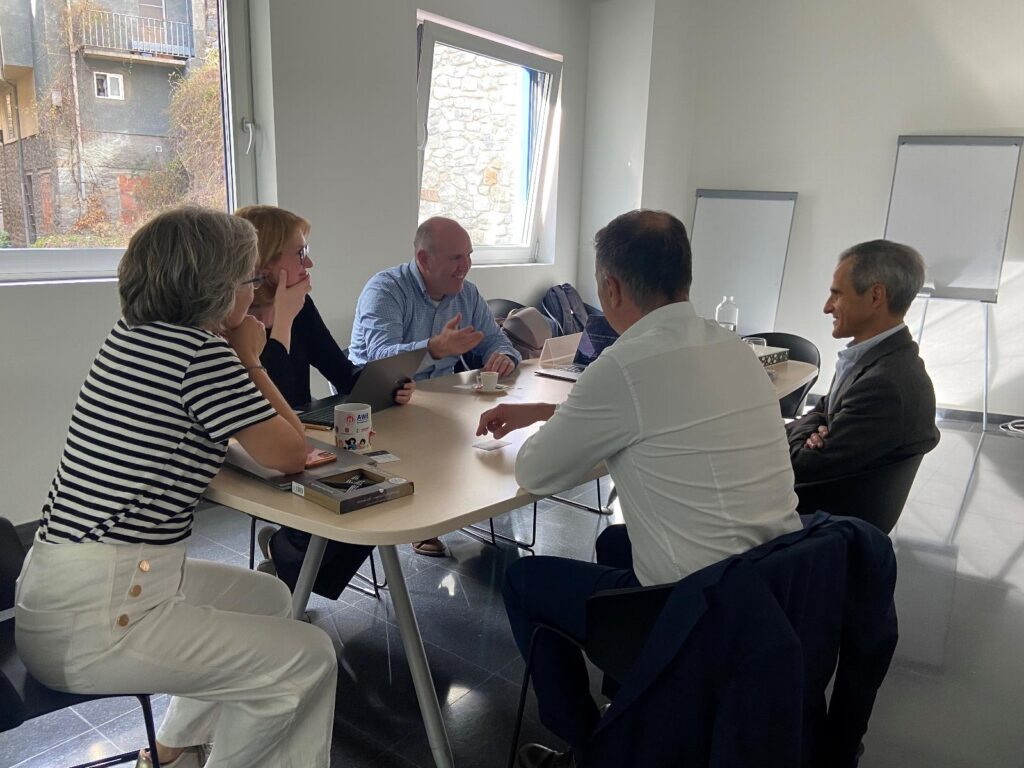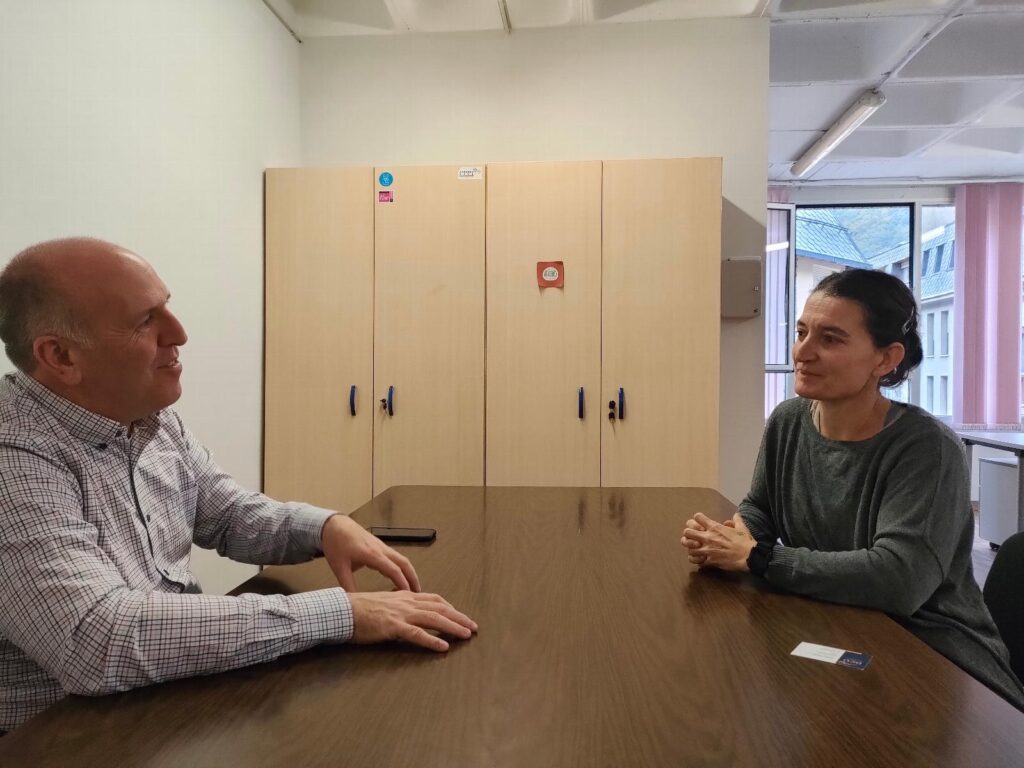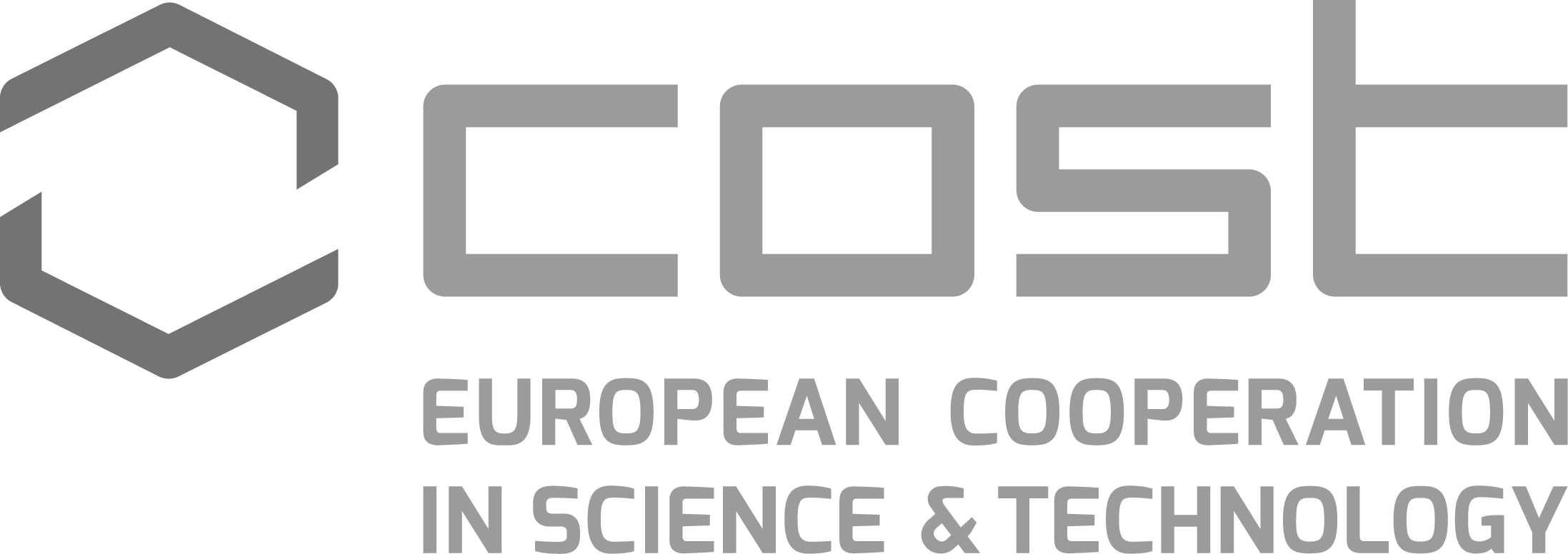By Theo Lynn (Dublin City University)
As first seen on Faberllull, follow along as MARGISTAR’s Prof Theo Lynn (Dublin City University) discusses his journey of an individual residency at Faberlull Andorra. From its mountainous terrain to its bustling tourism economy, Andorra offers a captivating study in digitalisation. Armed with insights from local stakeholders and a dataset of over 7,000 websites, Theo takes a closer look at the complexities of the country’s online presence. Amidst challenges like e-commerce dynamics and talent acquisition, Andorra’s digital narrative took shape. Read on for Theo’s experience in uncovering Andorra’s digital landscape.
This October, I had the opportunity to complete an individual residency at Faberlull Andorra in La Massana. During my residency, I took the opportunity to focus on a research project involving Andorra: a study of the degree of digitalisation in Andorra.
Why Andorra?
Firstly, Andorra is one of a small number of microstates in Europe. That alone makes it interesting. Coming from Ireland, a relatively small country, it’s always interesting to see how other small countries are faring. Like Ireland, Andorra has a lot of micro-SMEs (less than 10 employees) and I was interested to see how Andorra was developing from a digital perspective. Indeed, I am intrigued by whether all microstates have a similar profile or vary depending on their circumstances. It was surprising to me how little academic attention microstates get. Secondly, it is a country located entirely on a mountain. I am part of a European network, MARGISTAR, that investigates marginalised mountainous areas. Now, Andorra is far from marginalised, but there are lessons that marginalised areas can learn from Andorra in terms of how they manage their economy and society. Thirdly, it is a relatively rare type of economy where 80% of the economy is tourism-related (including retail) and the remainder is driven by financial services, construction and real estate, and some agriculture. As such, one would expect a higher than usual adoption of digital technologies. And finally, because of its location between France and Spain, and reliance on tourism, it was disproportionately impacted by COVID-19. I was interested to see did COVID-19 and post-COVID recovery impact the rate of digital adoption.
I want to manage expectations. I am in the middle rather than the end of the project, but I did get some preliminary findings and some insights from the people I met in Andorra which I am happy to share.

What exactly did I plan to study?
It may be useful to understand my approach. I see an organisation’s decision to use a website (and associated technologies) as a proxy for its degree of digitalisation. If one can identify a sufficient number of websites from a given region, you can explore ideas like digital divides and try to identify areas for greater policy intervention.
Much of my focus in the first week of my residency was on identifying a preliminary sample of Andorran websites. In total, myself and my colleague, Dr Pierangelo Rosati from the University of Galway, created a dataset of some of 7,014 websites that either had a .ad country code top level domain (ccTLD) or mentioned Andorra on their homepage. While the former is a good indicator of an Andorran organisation, the latter is not. There are literally hundreds of websites that mention Andorra because they are located near Andorra in Spanish or French border towns, or they sell services relating to Andorra while not being based there. Sorting the Andorra wheat from the rest-of-the-world chaff would require some time and effort. Notwithstanding this, and so that I had something to discuss with some of the Andorran stakeholders I would meet, I created a subset of websites (i) with a .ad ccTLD, (ii) featuring Andorra or the name of an Andorran town in their url name, and/or (iii) had an Andorran telephone number of address on their website. This preliminary dataset was still a pretty good sample – 1,727 websites.
So what did I measure?
My methodology involves creating a Web Technology Intensity Score based on eleven different metrics:
- A website or homepage
- A website with evidence of sophisticated functions (e.g., live chat, recommender system, online booking etc.)
- A website with evidence of basic analytics (e.g., visitor tracking, advertiser tracking etc.)
- A website with evidence of sophisticated analytics (e.g., A/B testing, conversion optimisation, customer relationship management (CRM) system);
- A website with evidence of basic online advertising (e.g., transactional email marketing, remarketing etc.);
- A website with evidence of sophisticated online advertising (e.g., use of advertising networks, affiliate marketing, multichannel advertising etc.);
- A website with evidence of selling online (e.g., payment acceptance, online shop, checkout functions etc.);
- A website with evidence of social media integration (e.g., social media, account, social management, blog, social video platform etc.);
- A website with evidence of international activity (e.g., multiple languages, international currencies etc.);
- A website with evidence of mobile targeting (e.g., mobile app, mobile optimisation etc.);
- A website with evidence of cloud computing (e.g., cloud hosting, Platform-as-a-Service etc.).
Sometimes you need human insight
With the assistance of my sponsor in the Andorran Ministry of Culture, who organise the Faberlull residencies, I had the opportunity to meet with various Andorran digitalisation stakeholders including the Secretary of State for Digital Transformation and Telecommunications, Andorra Business, Andorra Digital, the Digital Section of the National Archives, and Iniced, a digital strategy consultancy. These various meetings provided me with a chance to share some preliminary findings but, more importantly, to provide me with some indispensable insights that helped explain the data.

Firstly, e-commerce is complex in Andorra. Andorra is not in the EU and has a long history of being a free port despite being landlocked! One of Andorra’s USPs is its duty free status. While this is a brilliant draw for tourists (they even have an annual Shopping Festival), it does impact e-commerce. Not being in the EU and the duty free status makes cross-border transactions much more complex. As such, retail in Andorra is still very on-site and physical. Relatedly, there are only three banks in Andorra. The Andorran banking structure may pose challenges for e-commerce, including increased administrative steps due to stringent anti-money laundering and KYC procedures, potential delays in setting up commercial bank accounts, and fluctuating banking fees for transactions. There are few independent e-commerce solutions in Andorra.
Secondly, the tourism sector in Andorra is very seasonal and much of it is local from France and Spain. Hotels and accommodation are often family run and may close for several months in the year and are reliant on relationships with international tourist agencies. Unlike, for example, Ireland or the US, they are neither necessarily advertising all year round nor using increasingly sophisticated targeting and digital advertising to attract new customers.
Thirdly, digitalisation and digital transformation, in particular, requires talent. Andorra is small and attracting and retaining a sufficiently qualified and experienced talent base is not an insignificant challenge when you are small and located between two massive economies – France and Spain. Similarly, Andorra has traditionally been relatively self-sufficient, independent, somewhat conservative, and has a large number of family businesses. This may explain some of the lower than expected digital technology adoption at the more sophisticated levels, e.g., cloud computing or sophisticated digital advertising.
This is not lost on the Andorran government stakeholders I met. Like Ireland, they are investing in assisting companies to audit their digital readiness and supporting their progression to increasing levels of sophistication through various grants and training schemes. However, like Ireland, they have a large proportion of micro-SMEs where every Euro counts, and the businesspeople need to be convinced that digital investments will pay their way and are worth the effort. They are also faced with urgent priorities around both educating Andorran organisations about cybersecurity and their responsibilities under GDPR. Again, attracting sufficient talent to manage these two domains is a challenge for every country.
What about broadband? There is nearly unanimous agreement that high quality broadband availability and coverage is essential for digital progress in any economy. In fairness to Andorra, there seems to be high speed broadband everywhere. This is great if you’re Andorran. If you are a tourist, roaming charges hit you hard. And while there is free public wi-fi in most of the hotels, shops, and in the main city, when roaming the hills and smaller towns, the costs pile up. Roaming fees go a long way to paying for improvements to healthcare and other government initiatives in Andorra however they also impact the tourist experience.
Interestingly, Andorra is exploring a closer association with the European Economic Area. While it won’t impact tax, it will loosen customs and may even result in reduced roaming charges or removing them altogether. Andorra is having a referendum on the EU agreement, however, from talking to people in Andorra both in meetings and casually, it is not clear whether a majority will vote to accept the Association Agreement. If you are interested in the impact studies, you can find them here.
Next Steps
As you may have gathered, I am not finished yet. I have to complete the full analysis not only for Andorra but the other micro-states, as well as the longitudinal analysis taking into account COVID-19. This will take some time.
As for Andorra, I’ll be back.
This blog was first published on the Faberllull website.


